Xiao Qin's Research
Final Report
MINT: Mathematical Reliability Models for Energy-Efficient Parallel Disk Systems
3 Training and Development
3.1 Student Support
This project has directly supported about 13 students and two (2) visiting scholars (see Fig. 23) including eight (8) doctoral students and five (5) undergraduate students. The project also indirectly contributed to approximately 17 graduate students who took the COMP7500 (i.e., Advanced Operating systems) class and 65 undergraduate students.
The following eight (8) doctoral students have been partially supported by this NSF grant:
- Adam Manzanares
- Jiong Xie
- James Majors
- Maen Al Assaf
- Zhiyang Ding
- Xiaojun Ruan
- Shu Yin
- Yun Tian
The following five (5) undergraduate students have been partially supported by this NSF grant:
- Joshua Lewis
- Tsukasa Ogihara
- Alfred Nelson
- Andrew Pitchford
- John Barton
3.2 Research Experience for Undergraduate Students
To recruit new undergraduate students, especially women and minorities, to conduct research in the area of storage systems, we designed a research program that offers ample opportunity to undergraduate students to do intensive research in data-intensive computing with the PIs. In particular, students and the PIs are brought together to conduct research experiments in the field of high-performance storage systems. The photo below shows two undergraduate students - Tsukasa Ogihara (right) and Joshua Lewis (middle) - are building a cluster computing system using commodity-off-the-shelf (COTS) hardware components.
The cluster system (see Figs. 24 and 25) built by our undergraduate research assistants will be used as a high-performance computing platform to support our computer security education. The cluster recently build in our department at Auburn supports security middleware services for secure software applications. We will use this cluster computing platform to design and implement study how to improve software application’s quality-of-security without adversely affecting performance.
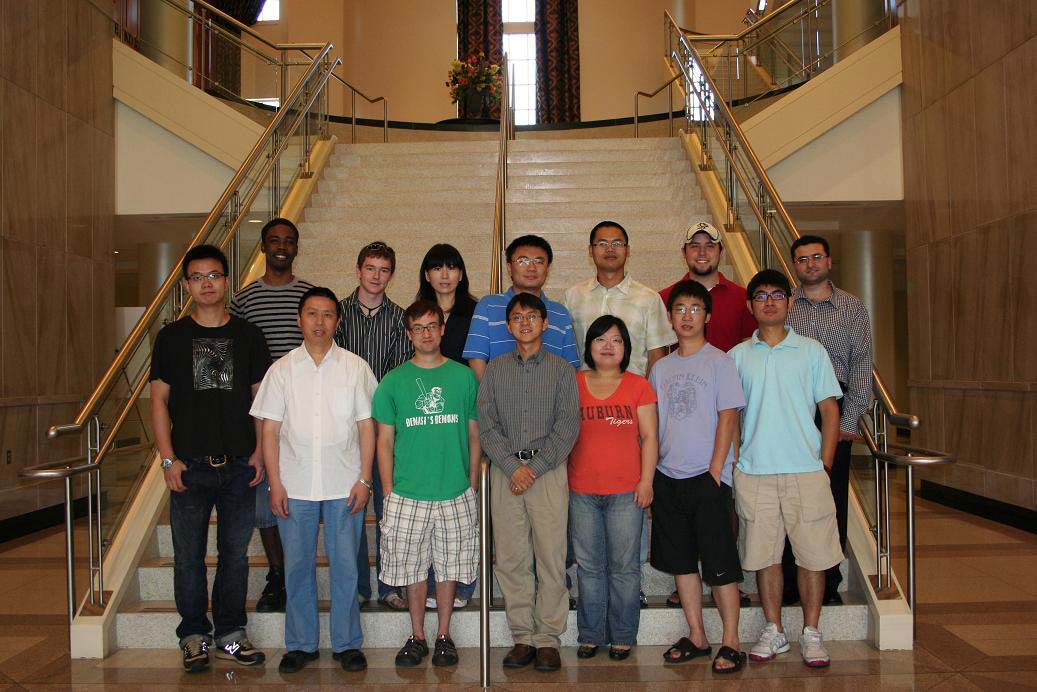
Figure 23: Auburn Storage Systems Research Group supported by the U.S. National Science Foundation (NSF)
3.3 Development of a Prototype for an Energy-Efficient Storage System
Energy dissipation in parallel disks can be reduced by power management strategies that turn idle disks into low-power modes. The traditional power management schemes can suffer great time and energy overheads that are induced by waking a disk up many times. Moreover, existing power management strategies can shorten the life cycle of disks if they are spun up and down frequently. To remedy these two deficiencies, we implemented an energy-efficient disk system prototype that has a novel parallel I/O architecture with buffer disks (see the photo below) to reduce the number of power-state transitions of disks. Using buffer disks to temporally serve requests for data disks, one can keep data disks in the low-power state as long as possible. To fully utilize buffer disks while aggressively putting data disks into the low-power state, we will implement an energy-aware disk management layer.
Numerous energy saving techniques have been developed to aggressively reduce energy dissipation in parallel disks. However, many existing energy conservation schemes have substantial adverse impacts on the reliability of disks. To solve this problem, we implemented reliable and fault-tolerant disk systems by developing a reliable and energy-efficient disk management layer, which will make tradeoffs between energy efficiency and reliability in fault-tolerant parallel disk systems. We will build a reliability model to quantify the impacts of disk age and utilization on failure probabilities of energy-efficient parallel disk systems.
The following two photos show that Adam Manzanares and Kiranmai Bellam two doctoral students who are partially supported by this NSF award are in a process of developing the prototype.
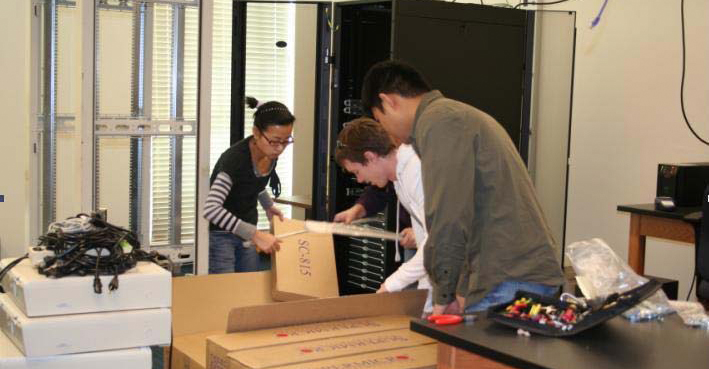
Figure 24: Our undergraduate research assistants helped in building a cluster system. Figure 25:
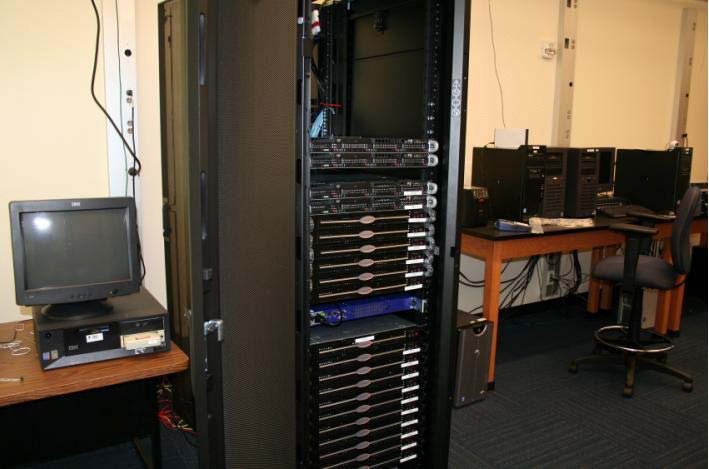
Figure 25: The cluster computing system built by our undergraduate research assistants.
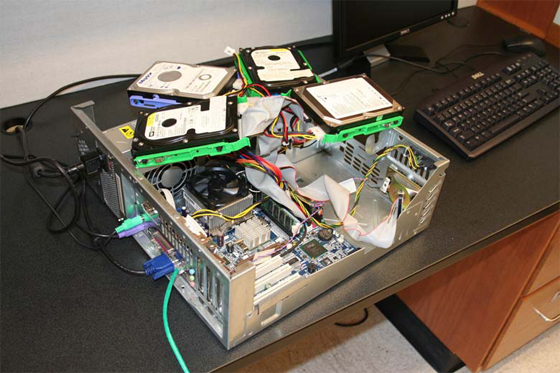
Figure 26: The prototype of an energy-efficient storage system with a buffer disk was implemented in our laboratory.
toral students who are partially supported by this NSF award are in a process of developing the prototype.
3.4 Contributions to Courses
We developed COMP7970 Storage Systems, which is a graduate level class, to educate graduate students to investigate the issues of energy efficiency and reliability in parallel disk systems. Graduate students also learnt how to use disk simulators to conduct research in the area of parallel disk systems. More than 93% of the students who took the storage systems class decided to recommend this class to other undergraduate and graduate students in the department of computer science and software engineering at Auburn University. All the students who took the class claimed that they like this course focusing on storage systems. In addition, the students were very satisfied with the new learning material covered in the class.
One of the major education objectives in this project is to recruit new undergraduate students, especially women and minorities, to conduct research in the area of storage systems and energy conservation technology in computer systems. To attract both the best undergraduate to participate in this project, in April 2008 we organized a workshop (see the following photo) that offered an opportunity for minority and women undergradate students to learn basic concepts in reliable and energy-efficient storge systems. In the long run, we plan to recuit monority students to conduct intensive research in fault-tolerant storage systems and reliability analysis with the PI. In this workshop, the PI emphasized new techniques and exciting findings of building mathematical reliability models and reducing energy dissipation in parallel disk systems.
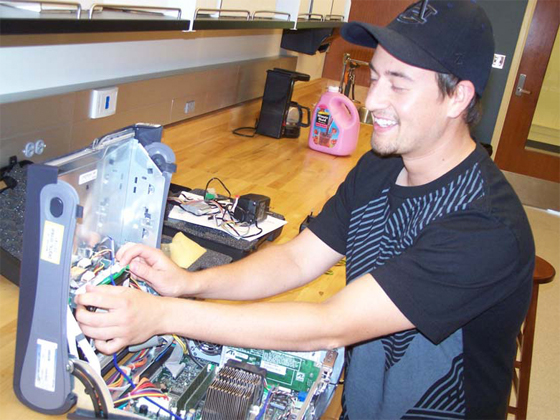
Figure 27: Adam Manzanares a doctoral student partially supported by this NSF award is connecting a disk to the prototype.
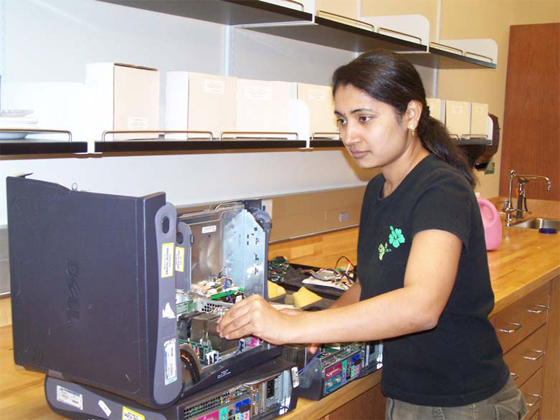
Figure 28: Kiranmai Bellam a doctoral student partially supported by this NSF award is working on the prototype for our BUD disk architecture.
We improve the quality of a graduate-level course Advanced Computer and Network Security - for graduate students. This course was intended to give students a strong background in understanding design and development of secure computer and storage systems. New findings from this NSF project were systematically presented in this class.
The PI demonstratively showed how to improve energy efficiency of secure disk systems without modifying security mechanisms. The PI taught to the students that although 3DES is much slower than AES encryption, it provides more opportunities to save energy in security-aware storage systems. The PI also showed the students that the CPU is not the bottleneck for any of the tested encryption functions, indicating that it is difficult to leverage the dynamic power management technique to conserve energy of a single disk where hash functions are implemented for integrity checking. Last, but not least, the PI taught the students a new approach to integrating power optimization with security services to enhance the security of energy-efficient large-scale storage systems.
This project has directly and indirectly contributed to the following classes:
- COMP7970: Storage Systems
- COMP7500 Advanced Operating Systems
- COMP4370: Computer and Network Security
- COMP2710 Software Construction
- COMP4300: Computer Architecture
- COMP7370: Advance Computer and Network Security
3.5 Software Development
We developed a Java-based disk simulator to evaluate our proposed reliability models for energy-efficient storage systems.
3.6 Laboratory Tours
A laboratory tour was held after the workshop. In the tour, the underrepresented students who participated in the workshop visited our new storage systems laboratory (see the photo below). This workshop along with the laboratory tour aims to offer the undergraduate students an opportunity to gain first-hand experience in designing and implementing reliable and energy-efficient storage systems.
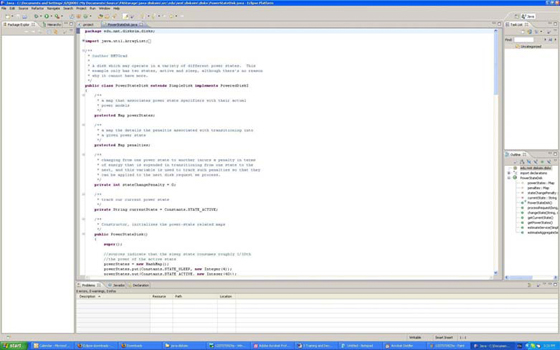
Figure 29: Our developed Java-based disk simulator to evaluate our proposed reliability models.
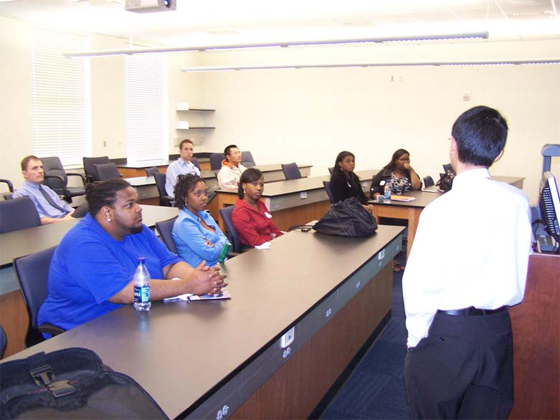
Figure 30: A laboratory tour was held after the workshop.
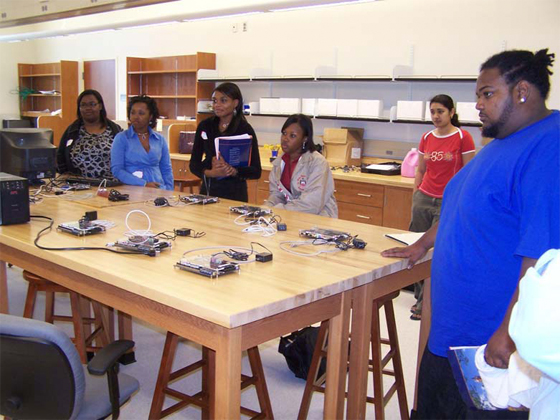
Figure 31: A laboratory tour was held after the workshop.